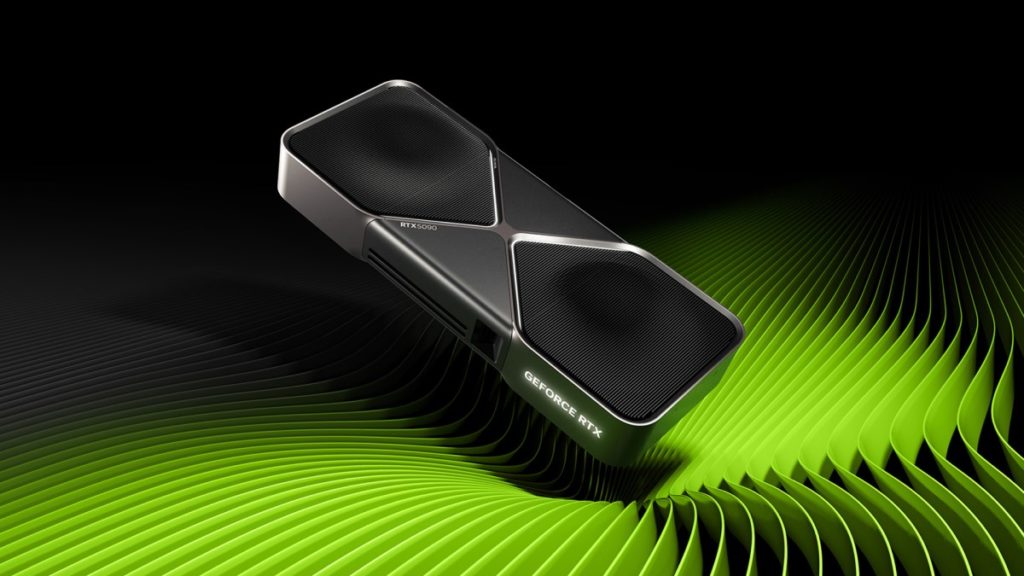
It seems that NVIDIA has its hands full in dealing with a growing number of reports of different issues with its flagship consumer GPU. The GeForce RTX 5090 launched on January 30 and has since been scarce due to limited supply but not all those who have managed to obtain one are enjoying them as much as perhaps expected. Following reports of melted cables, and then black screen issues including some bricked GPUs, come new reports of models from multiple vendors with fewer active render units than advertised. TechPowerUp has been following up on reports from its readers on the matter, which include graphics cards from GIGABYTE, Inno3D, Manli, MSI, and Zotac. NVIDIA has responded to TechPowerUp and interestingly included mention of the recently launched GeForce RTX 5070 Ti as well.
Per NVIDIA (via TechPowerUp):
“We have identified a rare issue affecting less than 0.5% (half a percent) of GeForce RTX 5090 / 5090D and 5070 Ti GPUs which have one fewer ROP than specified. The average graphical performance impact is 4%, with no impact on AI and Compute workloads. Affected consumers can contact the board manufacturer for a replacement. The production anomaly has been corrected.”
Testing has shown that the missing ROP results in roughly 4.54% less rasterization performance. Depending on the game the performance impact may not be noticed. While NVIDIA’s response states one less ROP it has been clarified by TechPowerUp that translates to 8 ROP units hence why users are reporting 168 units vs the 176 units advertised.
Per TechPowerUp:
“Many years ago, marketing decided that higher numbers = better, so they started to report the number of pixels that can be processed per unit, instead of the actual unit counts. So in this case, one hardware unit is disabled, which mean eight pixels per clock less can be processed, resulting in a loss of “8 ROPs”.”
So as stated above, it seems that NVIDIA has its hands full as drama surrounding the RTX 5090 continues to grow. It will be interesting to see if this latest leads to litigation similar to what happened with the GeForce GTX 970 and its 4 GB VRAM that was discovered to be 3.5 GB.
